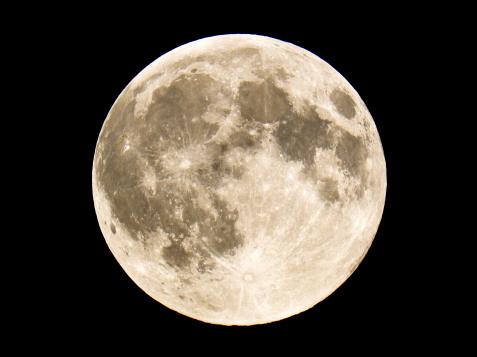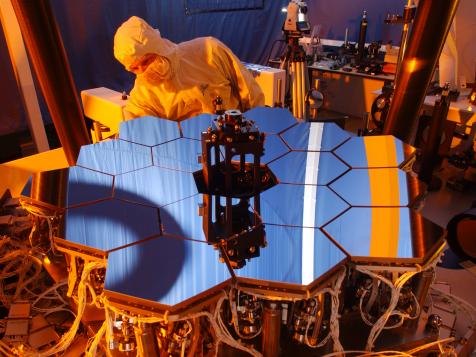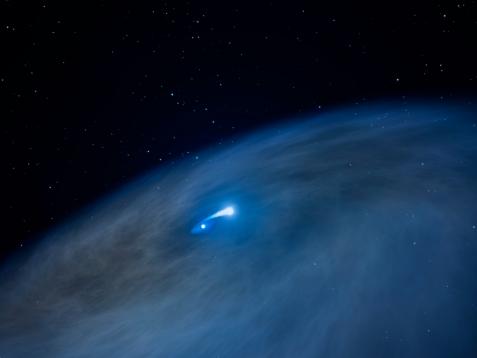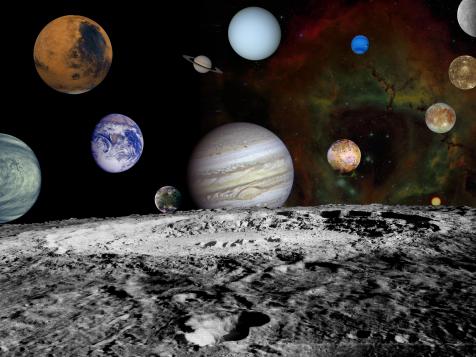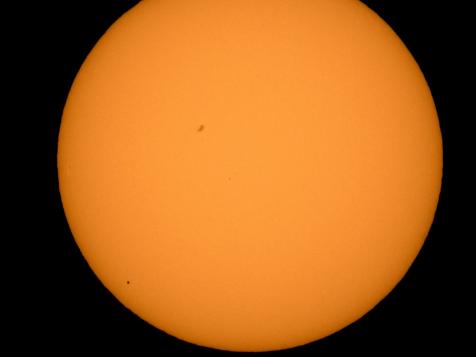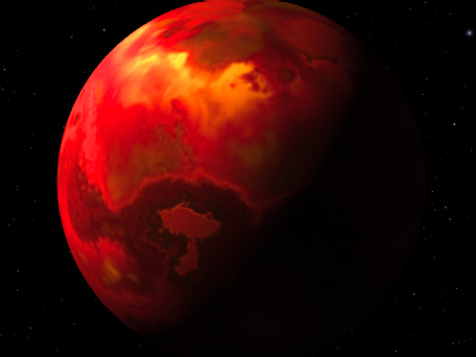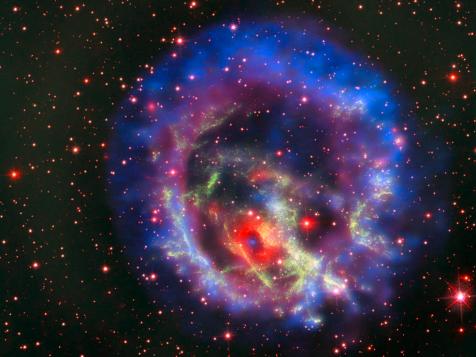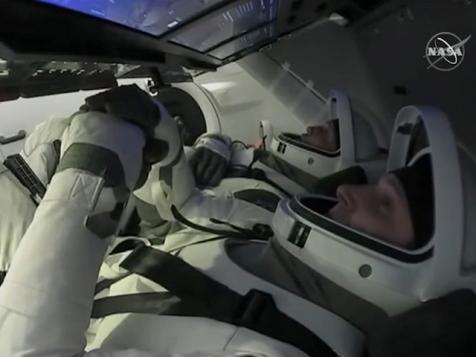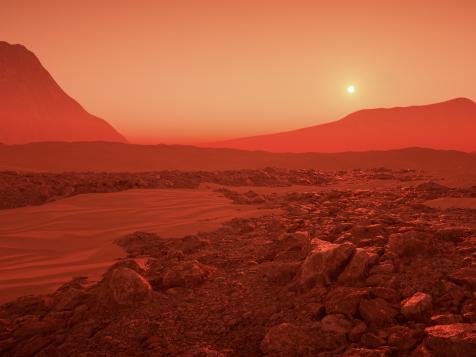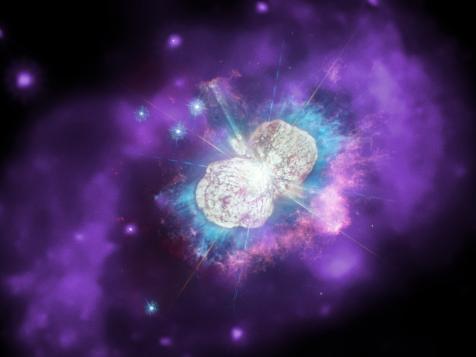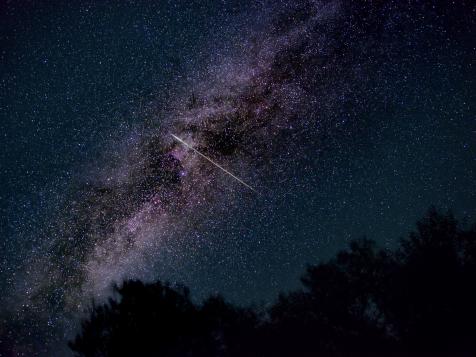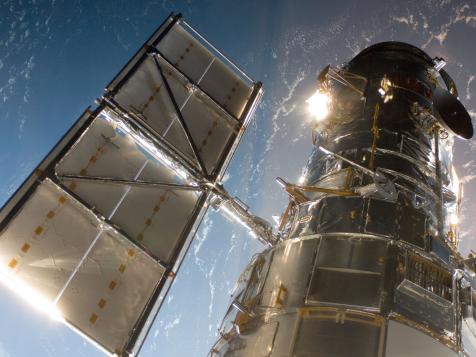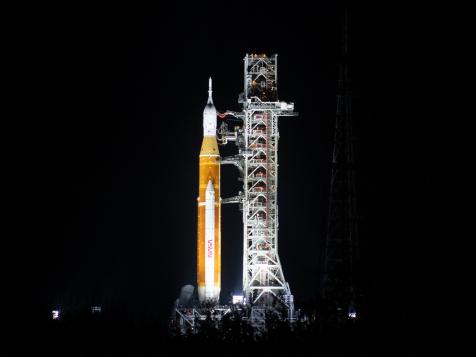Space
Explore the depths of our universe. From interstellar phenomenons to space exploration, stay up to date with the latest in space news.
All Space Ideas
Showing 1-18 of 591
An Out-of-Control Rocket is about the Hit the Moon
Article
Watch out, moon! On March 4 at precisely 7:25 am ET, a piece of rocket junk will slam into the moon.
What We’ve Already Learned From James Webb? (Hint: it’s a lot)
Article
That was worth the wait. Just a quick handful of months since its historic launch on Christmas Day, the James Webb Space Telescope has flown to its observing position, unfolded its delicate instruments and ultra-sized mirror, and run through a suite of checks and alignments and calibrations. The team at NASA behind the telescopes released their first batch of images from the science runs, and besides being gorgeous, they're powerful.
Why Astronomers Care About Super-Old Galaxies?
Article
A long time ago, our universe was dark.It was just 380,000 years after the big bang. Up until that age, our entire observable cosmos was less than a millionth of its present size. All the material in the universe was compressed into that tiny volume, forcing it to heat up and become a plasma. But as the universe expanded and cooled, eventually the plasma changed into a neutral gas as the first atoms formed.
It’s Not You, It’s Me: How a Planet Left Our Solar System
Article
Sometimes you just know. Something clicks, you have a realization that this relationship isn’t right, and it’s simply time to go.
It can happen to anyone, at any time, even to planets, and even billions of years ago.
Welcome Home Bob and Doug: SpaceX Crew Dragon Splashdown Complete
Photo Gallery |
16 Photos
The History of the Discovery of Pluto
Photo Gallery |
28 Photos
The Full Wolf Moon of 2021
Photo Gallery |
9 Photos
Why Mercury Matters
Article
At first, the planet Mercury isn't much to look at. It has a surface only a mother could love, as desolate and empty as the Moon and pock-marked with crater after crater. But this planet has a secret, which has folks wanting to know more.
Yet Another Exoplanet That You’ll Never Want to Visit
Article
Ready for an exotic vacation? How about…really exotic? Tired of tropical beaches or snow-covered mountains? Let’s go…out of this world.
How to Make a Neutron Star at Home
Article
First, take a bunch of matter. It doesn’t matter what kind – a piece of paper, some leftover gum. Then, press it, and press it, and press it some more. Don’t stop now! We’ve got a long way to go.
Crew-1 Dragon Docks with ISS
Video
| 00:59
Watch as the astronauts on board the NASA and SpaceX Crew-1 Mission dock and are welcomed on board the International Space Station.
Will a Colony on Mars Ever Be Feasible?
Article
We’ve all seen the movies. Tunnels cut through the red rock. Giant glass domes stretching from one end of a crater rim to another. Hydroponics. Lots and lots of hydroponics. But Mars is… a challenge.
Why NASA’s New Super-Telescope Can’t See Visible Light
Article
Even though NASA’s latest flagship instrument, the James Webb Space Telescope, is touted as the successor to the venerable Hubble, it has one major difference.
Top 5 Reasons Why the “UFO Report” Isn’t Interesting to me, a Scientist
Article
Excited by the prospects of the “UFO Report”? As a scientist, I have my doubts.
But you can watch UFOS DECLASSIFED: LIVE on Discovery and Science June 30 at 8P where experts discuss what can and can't be explained.
What Happens When Stars Kiss (Hint: They Explode)
Article
You know that feeling--They close their eyes, purse their lips, and lean in. So you go for it. You feel the spark, the magic, and the fire of that first kiss. It’s one of the best things in the Universe.Except, of course, if you’re a star.
A Guide to this August’s Best Astronomy Attractions
Article
Learn more about the exciting things happening in the night sky this month! From the rings of Saturn to the most popular meteor shower of the year, August 2022 has us stargazing all month.
How Astronomers Use a Trick of Gravity to See the Most Distant Objects in the Universe
Article
Let’s say you’re an astronomer (work with me here) and you want to take a picture of something incredibly, deeply far away. You know, the typical business of astronomy.
NASA's New Rocket is Taller than the Statue of Liberty
Article
The massive space launch system was unveiled last week. Following successful completion of upcoming simulation tests, NASA will set a date for the first of the Artemis II lunar missions.









